I have a left table and a right table and both tables have 1 million records -
CREATE TABLE t_left (
id INT NOT NULL PRIMARY KEY,
value INT NOT NULL)
CREATE TABLE t_right (
id INT NOT NULL PRIMARY KEY,
value INT NOT NULL
)
sample data for t_left table is -
id value
10000 1
20000 1
30000 1
40000 2
50000 2
60000 2
sample data for t_right table is -
id value
2 2
3 2
4 2
5 2
6 2
Now I want to find all the rows of t_Left whose column "value" does not exists in column "Value" of table t_right
so my output should be
id value
10000 1
20000 1
30000 1
Now my question is why sql server is generating different plan when column "Value" of t_left table is NOT NULL and very different plan when column "Value" is null. So as per above table definition my plan for query -
select a.id,a.value
from dbo.t_left as a
where a.value not in (select b.value from t_right as b)
this is the plan when value column is not null
Now when change the column value from not null to null then I get total different plan. Can someone explain me this plan. Why the table t_right is scanned twice and why row count spool operator is showing in the plan. Which makes the query expensive. I need someone to help me out in understanding the plan in both the cases - when column is not null and when column is null.
alter table t_left
alter column value int null
I know I should be using where notexists when column is null. But why where not in is behaving differently in both the conditions

